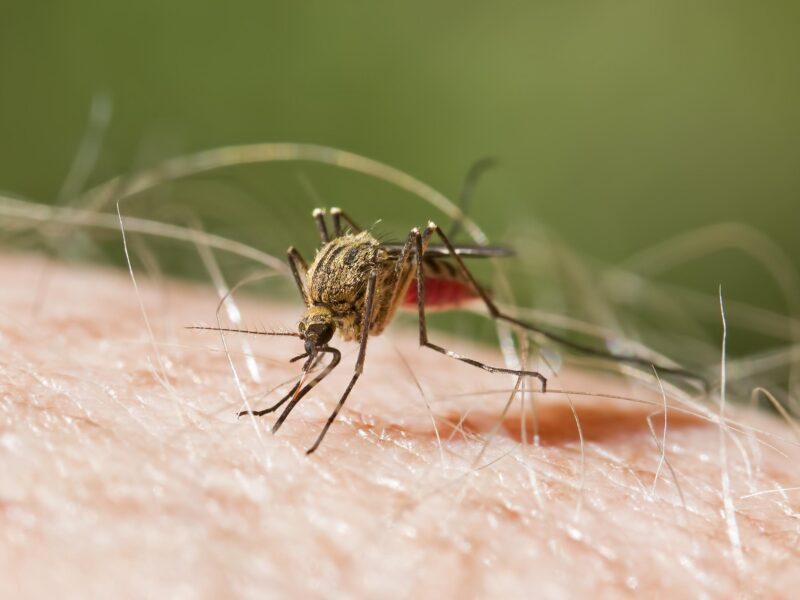Malaria is a potentially life-threatening mosquito-borne infectious disease caused by parasites of the Plasmodium genus. The disease is transmitted to humans through the bites of infected female Anopheles mosquitoes.
Malaria is a significant public health concern, particularly in tropical and subtropical regions, where the Anopheles mosquitoes thrive.
Causative Agent
- Parasites: Malaria is caused by Plasmodium parasites. Plasmodium falciparum, Plasmodium vivax, Plasmodium ovale, Plasmodium malaria, and Plasmodium knowlesi are the five species that infect humans.

Transmission
- Mosquito Vector: Malaria is primarily transmitted through the bites of infected female Anopheles mosquitoes, which inject the parasites into the bloodstream during feeding.
- Vertical Transmission: Pregnant women infected with malaria can transmit the infection to their newborns.
Geographic Distribution
- Malaria is prevalent in tropical and subtropical regions, including sub-Saharan Africa, Southeast Asia, South America, the Middle East, and parts of Oceania.
Symptoms
- Malaria symptoms can include fever, chills, sweats, headache, muscle aches, fatigue, nausea, and vomiting.
- In severe cases, malaria can lead to complications such as anemia, respiratory distress, organ failure, and death.
Diagnostic Methods
- Blood Smear: Microscopic examination of blood smears is a common method to detect the presence of Plasmodium parasites.
- Rapid Diagnostic Tests (RDTs): These provide a quick diagnosis based on the detection of specific malaria antigens.
Treatment
- Antimalarial drugs such as chloroquine, artemisinin-based combination therapies (ACTs), and others are used for treatment.
- Drug resistance is a growing concern, particularly with Plasmodium falciparum.
Prevention
- Bed Nets: Insecticide-treated bed nets are effective in preventing mosquito bites during sleep.
- Antimalarial Medications: Prophylactic medications are often prescribed to travelers visiting malaria-endemic areas.
- Indoor Residual Spraying: Application of insecticides inside dwellings to kill mosquitoes.
Vaccines
- The development of malaria vaccines has been challenging. However, the RTS, S/AS01 vaccine, known as Mosquirix, has been approved for use in some malaria-endemic regions.
Epidemiology
- According to the World Health Organization (WHO), there were an estimated 241 million cases of malaria worldwide in 2020, leading to approximately 627,000 deaths.
- Sub-Saharan Africa bears the highest burden of malaria cases and deaths.
Impact on Pregnant Women and Children
- Malaria during pregnancy can lead to maternal anemia, low birth weight, and infant mortality.
- Children under five are particularly vulnerable, and malaria can contribute to high mortality rates in this age group.
Social and Economic Impact
- Malaria has significant social and economic consequences, affecting productivity, healthcare systems, and economic development in endemic regions.
Challenges
- Drug Resistance: The emergence of drug-resistant strains poses a threat to malaria control efforts.
- Mosquito Resistance: Some mosquito populations are developing resistance to insecticides.
Malaria Elimination and Eradication
- Global efforts aim to eliminate malaria from certain regions and, ultimately, work toward the goal of eradicating the disease.
In summary, malaria remains a significant global health challenge, particularly in regions where the disease is endemic.
Efforts to control and eventually eliminate malaria involve a combination of preventive measures, prompt and effective treatment, research into new interventions, and international collaboration.
Global initiatives and ongoing research play a crucial role in the fight against malaria and its devastating impact on communities around the world.










